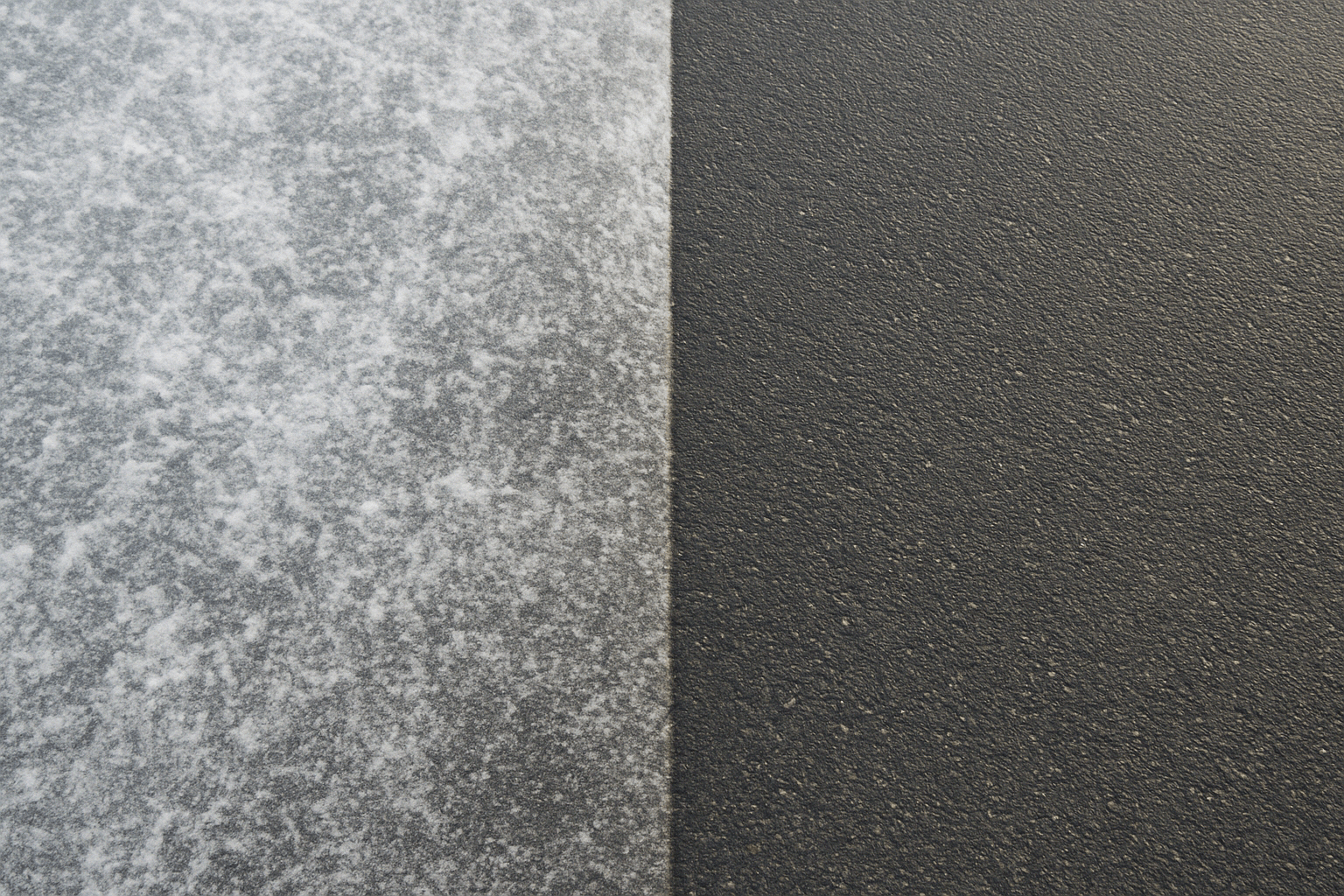
Ice control is one of the most overlooked parts of snow removal in Vancouver—and one of the most legally risky. Too often, property managers rely on outdated methods, unclear service plans, or the wrong material entirely.
If you’re wondering whether salt or brine is more effective, this guide will help you understand the difference—and choose the right strategy for your lot this winter.
Let’s start with the basics:
Rock Salt (Solid):
Traditional granular salt, typically spread after snow or ice has already formed. It works by lowering the freezing point of water, helping to melt surface ice.
Brine (Liquid):
A water-salt solution sprayed on surfaces in advance of a storm. Brine is used as a preventative measure to stop ice from bonding to the pavement in the first place.
Salt is best used after snow or ice has already formed and needs to be broken up.
Use salt when:
Caution: Salt takes longer to work in colder temperatures (below -7°C), especially without sunlight.
Brine is applied before a snow or ice event, typically within 12–24 hours of a forecast freeze.
Use brine when:
Bonus: Brine sticks to surfaces better than salt, meaning less product is needed and fewer scatter losses.
If your provider isn’t offering both options—or can’t explain the difference—you may be overpaying and underprotected.
We don’t just show up with a shovel and some rock salt. Our team uses:
Every service is logged, time-stamped, and customized to your site’s conditions.
In Vancouver’s freeze-thaw climate, the best ice control isn’t just about reacting—it’s about preventing ice before it forms.
We’ll help you choose the right plan for your property—and keep your lots and walkways safe, legal, and fully accessible all season long.
Need ice control that’s smart—not just scattered? Contact us today.